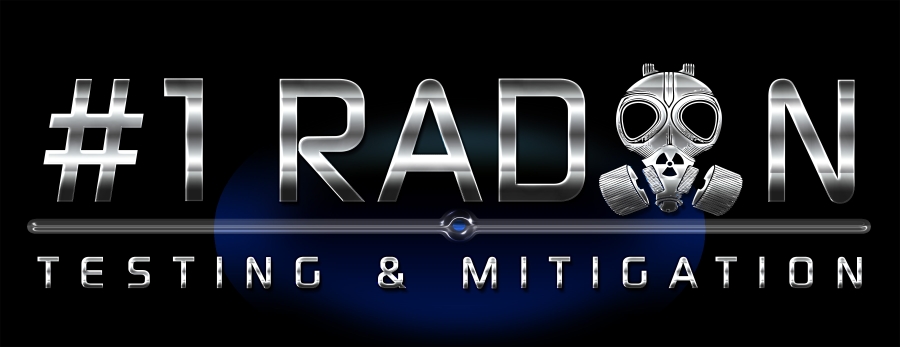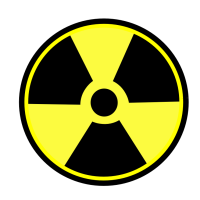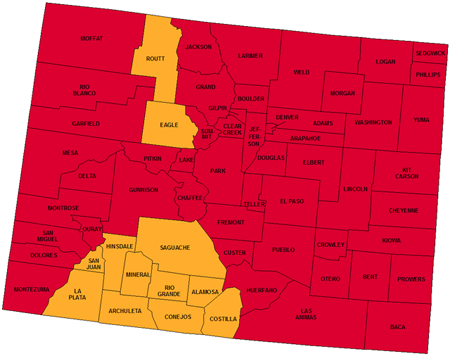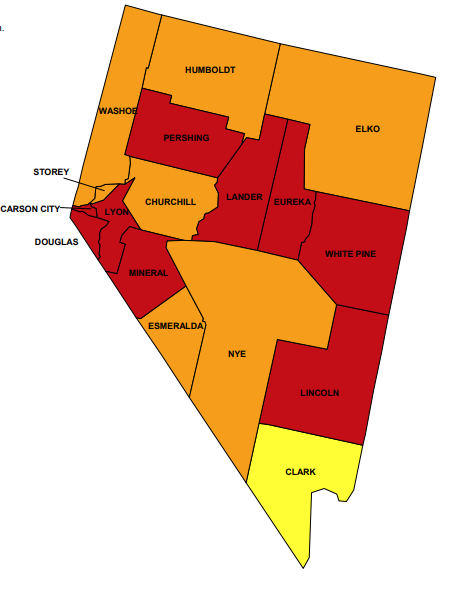| Radon is a cancer-causing, radioactive gas… |
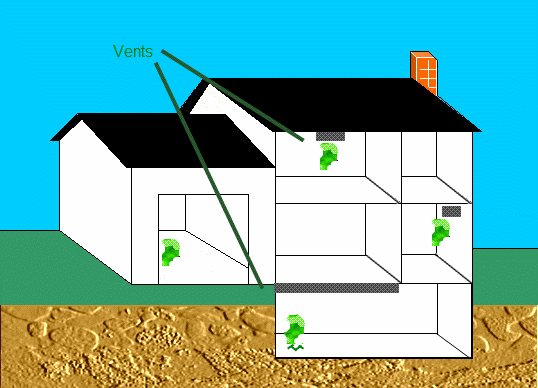
- Radon is a radioactive, colorless, odorless, and tasteless gas. It is formed as natural deposits of uranium throughout the earth’s crust decay. As radon decay products are inhaled, they can alter the cells in the lungs. These alterations can increase the potential for getting lung cancer. Radon is the second leading cause of lung cancer behind smoking. An estimated 14,000 people die of radon related lung cancer each year.
- The amount of radon in a building is dependent upon several factors. These factors include the geology, a driving force, pathways into the building, and the ventilation rate. As the concentration of uranium is in the underlying soil increases, so does the strength of the radon. Radon is transported to buildings more easily through permeable soils. Buildings can create pressure differentials that will draw in the soil gases. Radon can enter the building through many paths such as cracks in the foundation, utility penetrations, sumps, and floor drains. The ventilation rate of the building affects the final radon concentration.
| Radon can be found all over the U.S…. |
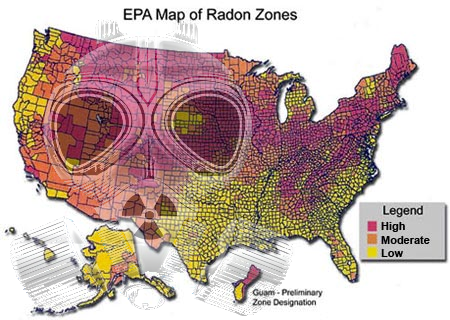
- Radon comes from the natural (radioactive) breakdown of uranium in soil, rock and water and gets into the air you breathe. Radon can be found all over the U.S. It can get into any type of building – homes, offices, and schools – and result in a high indoor radon level. But you and your family are most likely to get your greatest exposure at home, where you spend most of your time.
- Excessive radon levels have been found in all of the 50 states. But in Colorado between one-third and one -half of the homes have radon levels in excess of the EPA recommended action.
| Dangers of Radon? |
See also radon health risks at www.epa.gov/radon/healthrisks.html
“Radon, second to cigarette smoke in lung cancer related deaths.”
Radon in Colorado:
About this Map:
Sections 307 and 309 of the Indoor Radon Abatement Act of 1988 (IRAA) directed EPA to list and identify areas of the U.S. with the potential for elevated indoor radon levels. EPA’s Map of Radon Zones assigns each of the 3,141 counties in the U.S. to one of three zones based on radon potential:
Nevada
|
